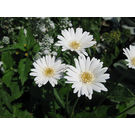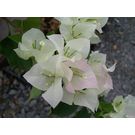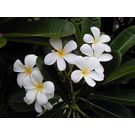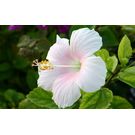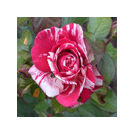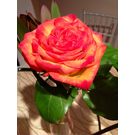Magnolia Grandiflora ( White) Plant
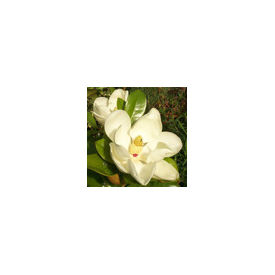
Description
Magnolia grandiflora, commonly known as the southern magnolia or bull bay.
Magnificent flowering plants featuring blossoms in white, pink, red, purple, or yellow. Magnolia trees are diverse in leaf shape and plant form, and they include both evergreen and deciduous sorts. They aren’t usually munched by deer.
The following text classifies magnolias by general type; the chart lists species, hybrids, and selections alphabetically. New magnolias seem to appear almost hourly, but most garden centers carry only a few. To track down a prized selection, you’ll probably need to hunt through mail-order catalogs.
Magnolia Tree Types
Whether evergreen or deciduous, most magnolias have large, striking blossoms composed of petal-like segments. A few are grown for use as foliage plants.
Evergreen magnolias. To many people, the word “magnolia” is synonymous with our native Magnolia grandiflora, the classic Southern magnolia with large, glossy leaves and huge, fragrant white blossoms―the state flower of Mississippi and Louisiana. Few trees can match it for year-round beauty. It does, however, have its drawbacks. Unnamed seedlings often take 10 years after planting before they come into bloom. Dense shade and shallow roots make it impossible to grow grass beneath the canopy, and the roots often crack and lift pavement if the tree is planted between sidewalk and curb. Leaves drop 365 days a year. And since the tree grows as wide as 40 ft., it takes up a lot of garden space.
Sweet bay (M. virginiana), a smaller tree, is easier to fit into most gardens. Though mostly deciduous in the Upper and Middle South, it’s evergreen in the Lower and Coastal South and more cold hardy than
M. grandiflora.



